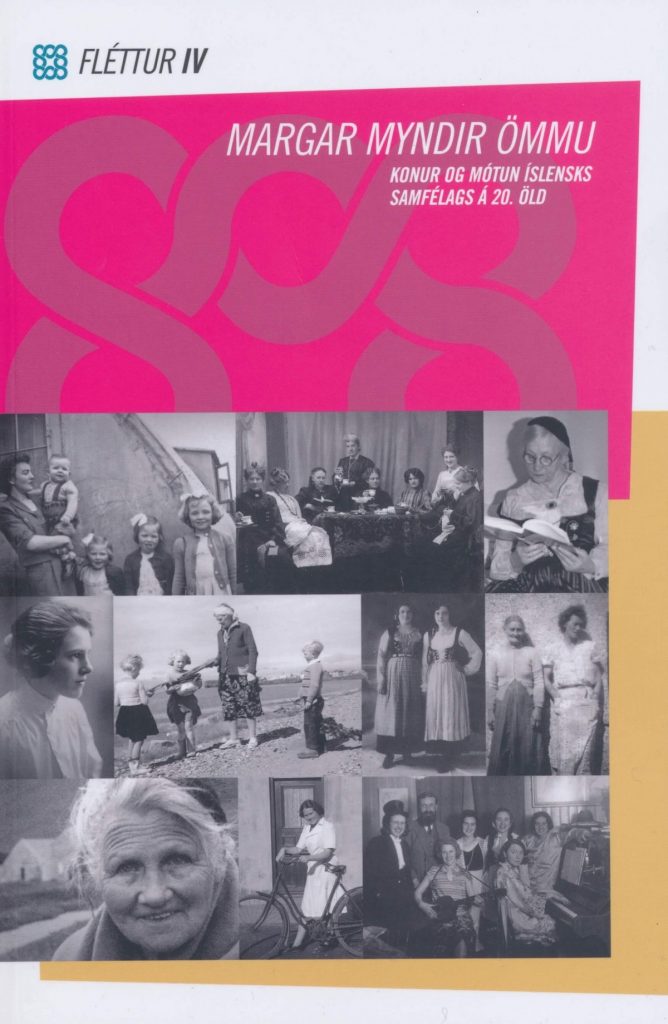Berglind Rós Magnúsdóttir. Spouseless foremothers: Changes in the lives of women after divorce – Irma Erlingsdóttir, Ragnheiður Kristjánsdóttir, Sigrún Alba Sigurðardóttir og Sólveig Anna Bóasdóttir (Ritstj.), Fléttur IV – Margar myndir ömmu
This chapter contains sociological analysis and historical narrative concerning the grandmothers of the author’s father. They were
born around 1880, and were in their forties when women older than 40 years of age were granted suffrage in Iceland. Kristrún
Tómasdóttir Hallgrímsson Benediktsson was born into one of the few Icelandic families that could be considered bourgeois at the
time, possessing a great deal of family capital accumulated over several generations. Despite her culturally rich and elitist upbringing, Kristrún (34) fell in love with a man nine years her junior, a handsome farmer’s son (26), who had grown up in isolation and poverty in the Western Fjords of Iceland. The other grandmother, Ingibjörg Hjartardóttir Halldórsson, was the daughter of a farmer and district administrative officer and grew up at Efri-Núpur in Húnavatnssýsla. She married a county magistrate, Halldór Kr. Júlíusson, whose family status was high in Reykjavík, both financially and culturally. His grandfather, Halldór Kr. Friðriksson, was
the first headmaster of Lærði skólinn, the first junior college in Iceland. The author’s great grandmothers were both among the
few women in early 20th century Iceland who could be considered upper-class. Both became divorcees with young children in a
deeply patriarchal society, which led to drastic transitions in their lives and opportunities, and in their status as respectable women. They therefore had to make use of all their ingenuity to fulfil their upper-class dreams, and both tried to find a better future for themselves in America. There are not many historical sources to rely on when writing up their stories, but some indications of
their hopes and dreams can be found in narratives about their husbands and fathers, and there are also their families’ memories
of them.
